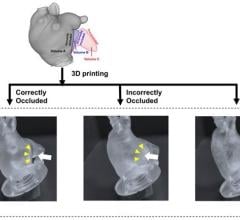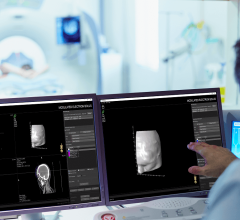
February 27, 2015 — In a new report, SmarTech Markets Publishing forecasts shipments of 3-D printers in the medical industry will reach 2,135 units in 2020, growing to 3,055 units in 2024. The report, "3-D Printing in Medical Markets: An Opportunity Analysis and Ten-Year Forecast," shows where opportunities will be found.
The report includes 10-year forecasts with breakouts by printer technology, materials type and software expenditures. It also contains market analysis for a wide variety of medical applications including implants, surgical tools and guides, medical models, medical devices and equipment prototyping. The report further discusses where 3-D printing must adapt to meet the needs of medicine. Comprehensive profiles of medical related strategies of 15 leading 3-D printer firms are included.
Companies discussed in the report include: 3-D Systems, Arcam, Autodesk, Bespoke Innovations, e-Nable, EnvisionTEC, EOS, Innovation MediTech, Lima Corporate, LUXeXcel, Medical Modeling, Optomec, Organovo, Ossis, Oxford Performance Materials, Protos Eyewear, Rapid Shape, Renishaw, Stratasys, Visualization Sciences, voxeljet, Within Technologies and Worrell.
In 2014 just over 1,100 printers were sold for medical applications, more than 60 percent falling into the photopolymerization or material jetting categories. Both these types of medical 3-D printers can handle modeling, surgical guides and tools, medical prototypes and hearing aid shells. They are not suitable for implants and prosthetics, where requirements are highly specific. By 2020, shipments of medical 3-D printers are expected to have almost doubled.
Revenues of materials for medical 3-D printing were almost $50 million in 2014 and are expected to reach $345 million by 2020. After 2020 revenues from 3-D printed medical materials will be larger that revenues from the printers themselves. SmarTech's bullish forecast for materials is due to rapidly increasing print volumes for medical applications. Primary drivers for these increased volumes are medical models and orthopedic implants. Currently, most of the sales of 3-D printed materials for medical applications are photopolymers and metal powders.
For more information: www.smartechpublishing.com


 June 25, 2024
June 25, 2024 








